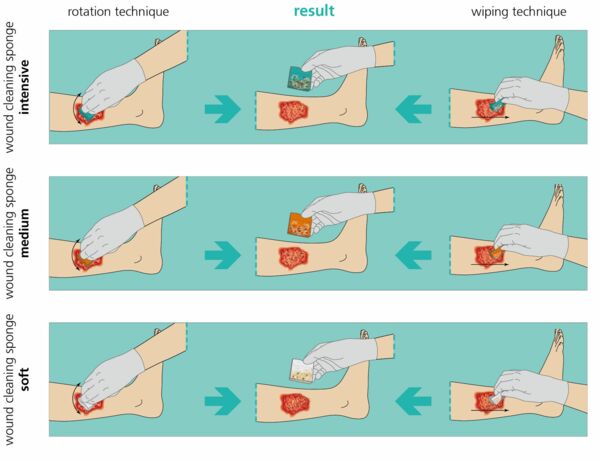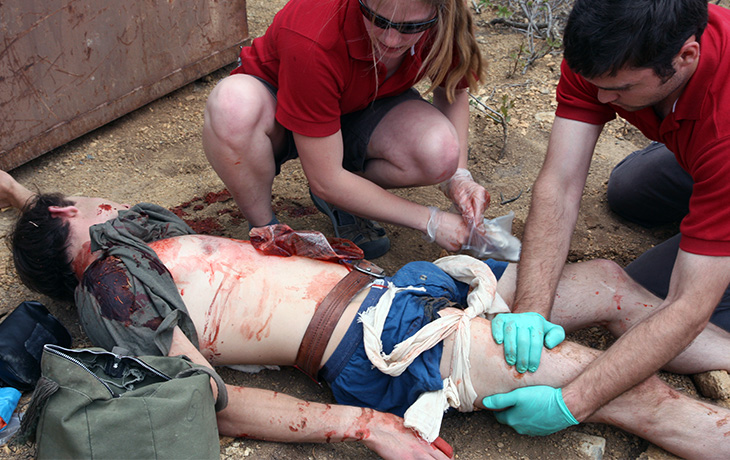Ace Tips About How To Clean A Laceration

Cover it with a towel.
How to clean a laceration. Keep the wound clean most doctors recommend keeping your wound dry for 24 hours after the procedure to minimize the chance of infection. Wash your hands with soap and water. Use of clean nonsterile examination gloves rather than sterile.
Keep the area clean and dry for the first 24 to 48 hours after stitches have been placed. If the laceration is small enough and doesn’t require stitches, simply use antiseptic ointment on it and close the wound with butterfly closures. Use a splint as directed.
Using potable tap water instead of sterile saline for wound irrigation does not increase the risk of infection. Care for your stitches and wound as follows: 2 days agouk’s newly anointed monarch is reportedly planning to amend the law on who can fill in for him if he’s incapacitated.
Since bleeding is very common in a laceration injury it is only sensible to first stop the bleeding by applying direct pressure on the wounded area and prevent blood loss. Cleaner wounds will need less irrigation, whereas more. Although instruments that touch the wound (eg, forceps, needles, suture) must be sterile, clean nonsterile gloves as well.
Use an ice pack, or put crushed ice in a plastic bag. Rinse the wound under running tap water for 5 to 10 minutes. Suturing is the preferred technique for laceration repair.
Irrigation of a laceration is essential to prevent infection and clear any foreign bodies or debris. Use a tissue forceps or probe to expose the. Method and cleaning solution will vary based on the type o.


















